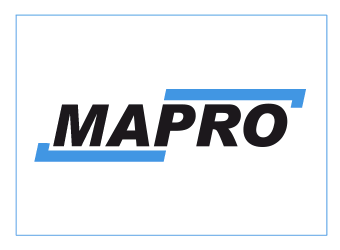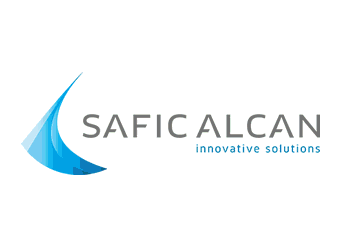Plastic granulates price reports: high prices and low demand
The buying panic subsided last week after the rise in “feedstock” prices stopped and there was no renegotiation of the monomer price aired. Converters are much more cautious about purchases, especially everyone looking to buy at prices from the beginning of the month.
In addition to the contracted quantities, polymer manufacturers only serve their customers at increased prices. There is availability from almost all polymer manufacturers, but only at a price 200-250 € /t higher than in February. A double price level emerged in March. In the first week of March, prices were € 100-150 lower than in the second and third week of March. So the converters who bought in the first week did well. Most converters think current prices, which in some cases are close to 2021 record prices, are too high.
Plastic converters have an inventory of 1-2 months of feedstock. Many are confident that the price increase will not continue further in April, especially because oil and NAPHTHA prices have also fallen. Indeed, they were down from a peak 12 days ago. However, the price of oil is about 20% higher and the price of NAPHTHA is 16% higher than a month earlier. Based on these, polymer manufacturers expect an increase in the price of ethylene (C2) and propylene (C3) monomers from 100 to 150 €/t. Some also think a € 200/t increase in olefin monomer prices is conceivable.
What does this mean for polymer prices? The price increase of polymer is equal to the change in monomer price compared to the first week of March. As there was a price increase of 120-150 €/t in the second week of March, this also means that prices in early April will not be much higher. They may even be on the same level. However, a recurrence of the sudden feedstock volatility in the second week of March is expected. But it is also to be expected that polymer prices will continue to be pushed up by rising energy prices and rising transport costs.
For styrene monomer (SM), no prediction can be made now, prices have corrected after a panic-like rise. They do not yet have a clear direction. However, a price increase of around € 100 for SM similar to March is conceivable in April.
Summary
- Weaker demand than last week. Converters keep waiting.
- Passing on price increases to customers remains a problem. Therefore, some converters shut down.
- Monomer prices have not been renegotiated yet, a change in monomer prices is only expected in early April.
- Most converters obtained the required quantities of polymers at the beginning of the month,
- A double price level has developed in Central Europe,
- Several polymer manufacturers announced an 'order stop', it was possible to buy at the increased price only.
- For the time being, there is still availability of Russian polymers, deliveries, if stagnant, are working and the cash flow is working.
- 7 Russian banks have been disconnected from the SWIFT system, as follows: VTB, Bank Rossiya, Bank Otkritie, Novikombank, Promsvyazbank, Sovcombank, Vnyesekonombank. The other Russian banks are not yet affected by the sanctions.
- Logistics difficulties from Russia, significant disruptions in road transport,
- Prices continue to rise in the Turkish market.
- Rising fuel prices will increase freight costs by 10-25%.
- autor:
- László Bûdy





















